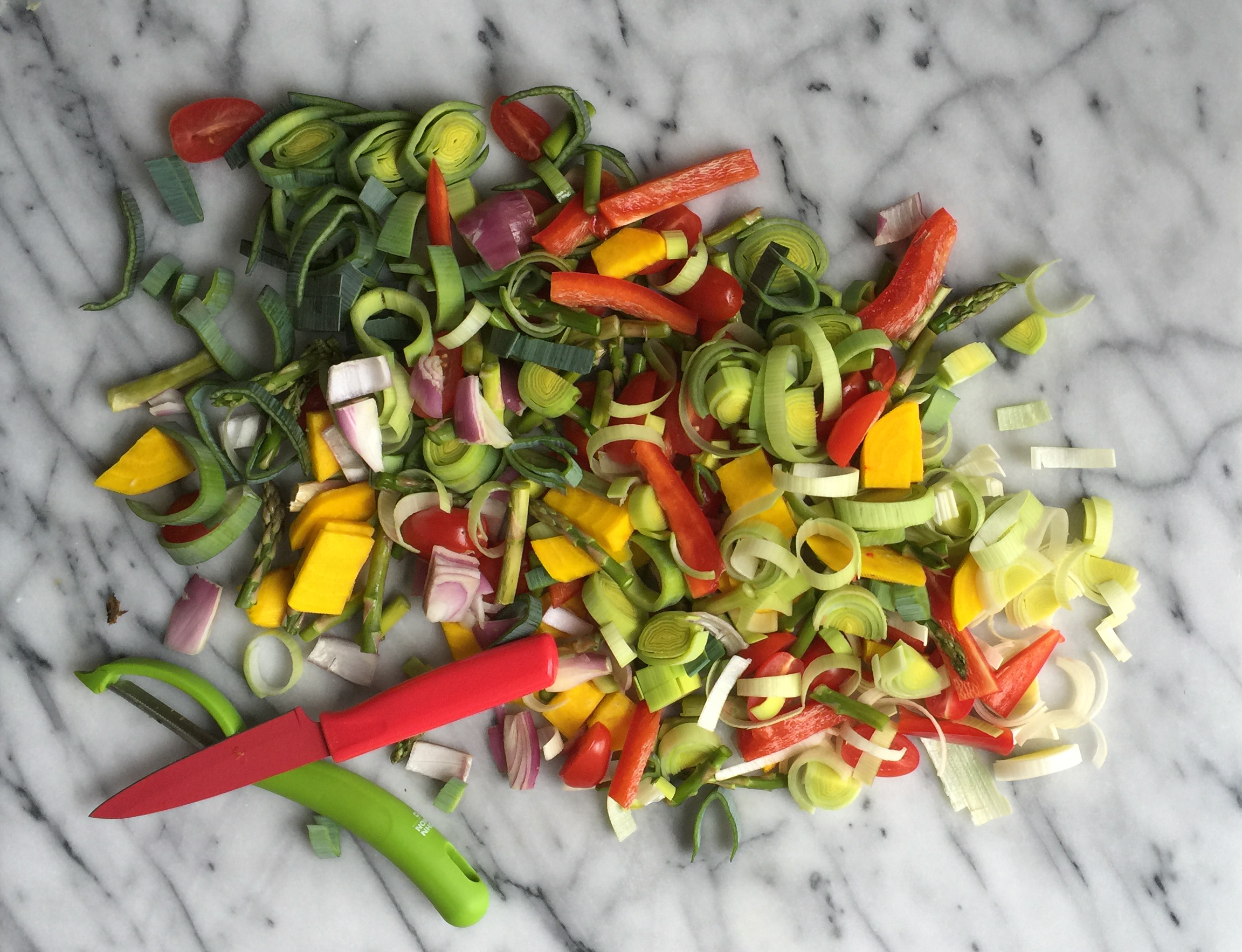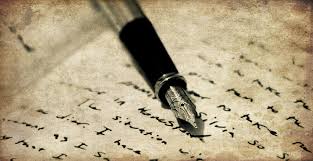Andrea and G have a lovely history together. Go here to learn more about them, and to read the first three posts in their first segment of The Fork In The Fight series. Look forward to reading Part 3: Introduction to Ayurveda later this week!
The Fork in the Fight: recipes for restoring our souls and thriving in the face of cancer
Part 2: Navy Bean Root Vegetable Stew
This is the second post in the second segment of the Fork In The Fight series. In this three-part segment, we will be sharing a recipe for the soul in finding retreat in creativity, a recipe for the body with a delicious navy bean stew, and a recipe for the mind as Andrea introduces the world of Ayurveda. Stay tuned! Check out Part 1: Recipes For Calm And Creativity.
The Recipe
We are both soup lovers and this navy bean stew is no exception! It’s perfect for using the last of your winter root vegetables before spring seasonals arrive. Andrea’s best friend, who is vegan, told her this is the BEST recipe she has made her (and Andrea has been cooking with her for 10 years!). Even if you are tempted to substitute in some animal products (like cream or cheese), we dare you to be bold and try it this way first because it’s just that good. 🙂 It’s easy to add more later.
Navy Bean Root Vegetable Stew
(adapted from Gillian McKeith’s You Are What You Eat)

Ingredients
- ½ lb. dried navy beans (or lima beans)
- This will cook to 1lb. of cooked beans
- 3 carrots, diced
- Try daikon radish, red or golden beets, watermelon radishes, or a variety of turnips
- ½ of a rutabaga, peeled and diced
- Try jerusalem artichokes (sunchokes) for a nuttier flavor
- ½ a red pepper, seeded and thinly sliced
- 2 red onions, diced
- 2 bay leaves
- 2 tsp turmeric ground or 1 tsp peeled
- 1 tsp coriander
- 1 tsp fennel
- ½ teaspoon cumin
- ½ tsp ginger
- ¼ tsp black pepper
- 1 pinch Himalayan pink salt
- Handfuls of pea shoots, arugula, thinly sliced kale, or a local green of your choice
Directions
- Prepare by soaking the ½ lb. of dried beans overnight (or for several hours) and cooking in a large pot of boiling water. Perfectly cooked beans are soft in the center but not split on the seams. Remove from heat and let the beans cool in the water completely. P.s. By starting with dried beans, you are eliminating the extra processing and sodium that can be found in canned beans.
- While the beans cool, you can cut, peel, dice, slice and chop your way through all the vegetables.
- In a large pot on medium heat, add the onions, bay leaves, and a splash of water, stirring occasionally. Once the onions soften, add the rutabaga, carrots, and enough water (or vegetable stock) to cover. Let boil and then reduce to simmer for 10 minutes.
- Add the beans and remaining spices and simmer for an additional 10 minutes.
- Top with fresh greens and serve immediately with a hunk of fresh bread.

Tips and Hints
- If you are have leftovers and want something new, the soup does well with a bit of raw milk cheese and day old bread on the bottom of the soup bowl!
- While the beans are cooking, you can roast the vegetables! This will bring out the sweet and nutty flavors that make the soup divine. Andrea suggests roasting with coconut oil salt & pepper
BONUS Recipe!
Antioxidant Supplement ‘Jam’
(from William Siff of Gold Thread Herbs)

Ingredients
- 1 large mason jar with lid
- 1 cup rose hips, roughly
- 1 cup of pomegranate or blueberry organic juice concentrate, roughly
- 1 handful goji berries, elderberries, and/or hawthorn berries
- 1 pinch nutmeg
- 1 pinch saffron
- Citrus peels, to taste
- Fresh ginger, to taste
Directions
- Pour the rose hips into the mason jar until half way full and cover with juice.
- Stir in the remaining ingredients and let sit for several hours until it becomes paste-like. If you are using seeded berries, be sure to let them soak in water.
- Take 1 tablespoon every day! You can add it to a cup of hot water or onto a bowl of porridge.
- The jam can be stored in the fridge for up to 2 months.
With love and gratitude,
Andrea and G
Put A Fork In It! Send us your comments, suggestions and food-fighting ways to support a healing life.






